Home>Furniture>Outdoor Furniture>How Much Sand Do I Need For A Patio
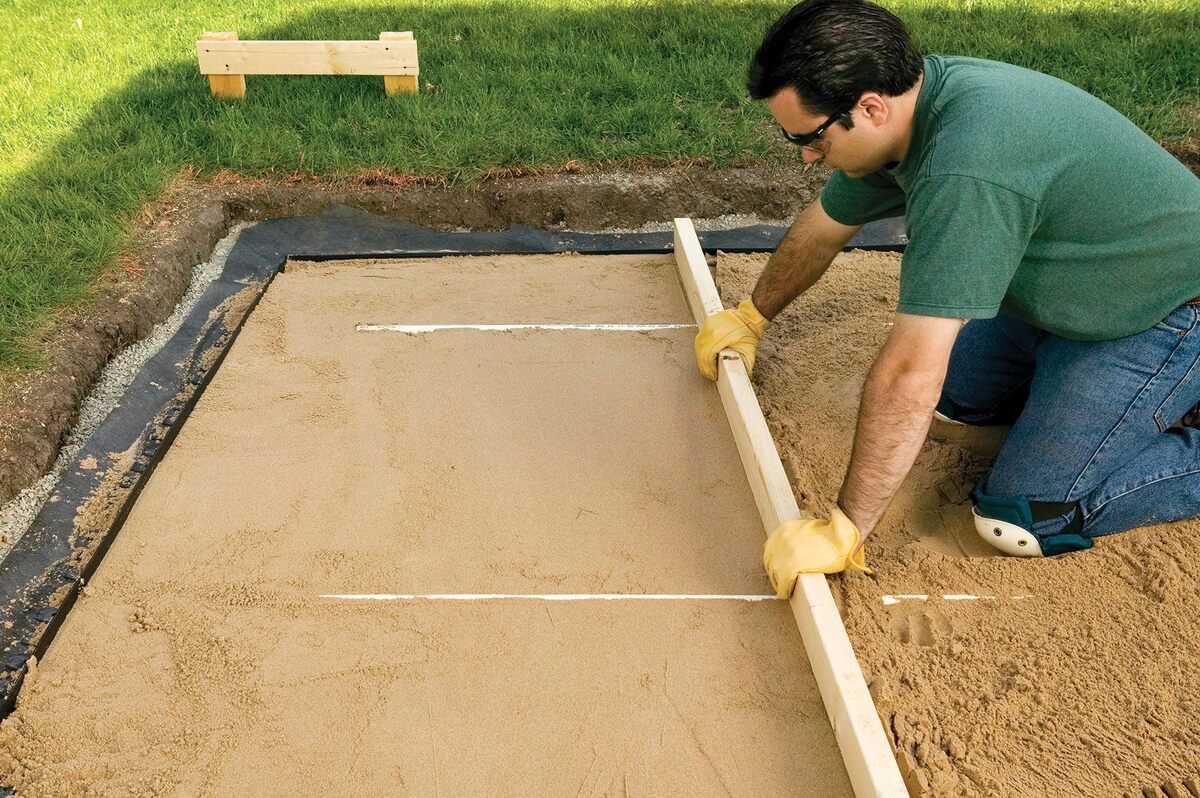

Outdoor Furniture
How Much Sand Do I Need For A Patio
Modified: March 7, 2024
Find out the exact amount of sand required for your patio and ensure a sturdy foundation for your outdoor furniture.
(Many of the links in this article redirect to a specific reviewed product. Your purchase of these products through affiliate links helps to generate commission for Storables.com, at no extra cost. Learn more)
Introduction
Welcome to our comprehensive guide on determining how much sand you need for a patio. Whether you are planning to build a new outdoor living space or renovate an existing one, understanding the amount of sand required is essential for a successful project. Sand is a crucial element in creating a solid and stable base for your patio, providing a level surface and preventing shifting or settling over time.
Before we dive into the calculation process, it’s important to note that the amount of sand needed can vary depending on several factors. These factors include the size and shape of the patio, the desired depth of the sand layer, and the type of sand you choose to use. By taking these factors into account, you can accurately determine the right amount of sand to ensure a durable and aesthetically pleasing patio.
In this guide, we will walk you through the step-by-step process of determining how much sand you need for your patio. We will cover everything from assessing the area and determining the depth to calculating the sand volume and adjusting for compaction. By following these guidelines, you will be well-equipped to estimate the amount of sand required for your specific project.
Key Takeaways:
- Determine the size and shape of your patio, the desired sand depth, and the type of sand to accurately calculate the amount of sand needed for a stable and durable patio base.
- Measure the patio area, consider sand depth based on usage, calculate sand volume, adjust for compaction, and account for waste to ensure a successful and long-lasting patio installation.
Read more: How Much Gravel Do I Need For A Patio?
Factors to Consider
Before you start calculating the amount of sand needed for your patio, there are a few key factors to consider. These factors will impact the final quantity of sand required, so it’s essential to take them into account during the planning phase of your project.
- Patio Size and Shape: The size and shape of your patio will directly affect the amount of sand you’ll need. A larger patio will require more sand to cover the surface area, while an irregularly shaped patio may result in more wastage due to cutting and fitting.
- Desired Sand Depth: The depth of the sand layer will also play a role in determining the amount of sand needed. The standard recommendation is to have a sand layer of 1 to 1.5 inches in thickness. However, if your patio will be subjected to heavy loads or foot traffic, you may want to consider a thicker sand layer for added stability.
- Type of Sand: The type of sand you choose will impact its density and volume. There are various types of sand available, including masonry sand, play sand, and polymeric sand. Each type has different characteristics, such as coarseness and compaction, which will affect the quantity needed.
- Paver Type: If you are using pavers or interlocking stones for your patio, the size and thickness of the pavers will also influence the amount of sand required. Larger and thicker pavers may require more sand to ensure proper leveling and stability.
- Compaction: It is important to account for compaction when calculating the amount of sand needed. As sand is compacted, its volume decreases. Therefore, it is crucial to adjust your calculation to compensate for this compaction to ensure that you have enough sand to achieve the desired thickness.
By considering these factors, you can make a more accurate estimation of the amount of sand needed for your patio project. Taking the time to plan and calculate beforehand will help you avoid any shortages or excess sand, ensuring a smooth and successful installation process.
Assessing the Area
Once you have considered the factors mentioned, the next step in determining how much sand you need for your patio is to assess the area. This involves measuring and calculating the surface area of your patio where the sand will be applied. Here’s a step-by-step guide to help you with this process:
- Measure the Length and Width: Begin by measuring the length and width of your patio area using a measuring tape. Make sure to measure in feet or meters for accuracy. For irregularly shaped patios, you can divide the area into smaller sections and measure each section individually.
- Multiply the Length and Width: Once you have obtained the measurements, multiply the length by the width to calculate the total square footage of your patio. For example, if your patio measures 10 feet in length and 8 feet in width, the total square footage would be 80 square feet (10 ft x 8 ft = 80 sq ft).
- Convert to Square Meters (optional): If preferred, you can convert the square footage to square meters by multiplying the total square footage by 0.0929. For instance, if your patio is 80 square feet, it would be approximately 7.43 square meters (80 sq ft x 0.0929 = 7.43 sq m).
- Account for Waste: It’s essential to account for some amount of waste when calculating the sand required. This waste can occur due to cutting pavers or fitting irregular shapes. As a general rule, it’s recommended to add an extra 5-10% to the final calculation to account for waste.
By accurately assessing the area, you will have a solid foundation for calculating the amount of sand needed. This step is crucial to ensure that you have enough material to cover the entire patio surface, while also accounting for any potential waste during installation.
Determining the Depth
Once you have assessed the area of your patio, the next step in calculating the amount of sand required is to determine the depth of the sand layer. The depth of the sand will depend on factors such as the type of patio project, foot traffic, and weight load. Here’s how you can determine the appropriate sand depth:
- Consider the Application: Think about the purpose and function of your patio. If it will be used for light foot traffic or as a decorative space, a sand depth of 1 inch is typically sufficient. However, for areas with heavy foot traffic or where furniture and vehicles will be placed, a sand depth of 1.5 inches is recommended for added stability.
- Research Manufacturer Recommendations: Some paver or sand manufacturers may have specific guidelines for the sand depth based on their products. It’s a good idea to check with the manufacturer’s recommendations to ensure you are following their guidelines for optimal performance and longevity.
- Consider Local Climate: Take into account your local climate when determining the sand depth. In areas with heavy rainfall or freeze-thaw cycles, a thicker sand layer may be necessary to prevent shifting and settling of the patio over time.
By considering these factors, you can determine an appropriate sand depth that suits your specific patio project. This step is crucial in ensuring the durability and stability of your patio, as the correct sand depth will provide a solid foundation for your pavers or stones.
To calculate the amount of sand needed for a patio, measure the length and width of the area in feet, then multiply the length by the width to get the square footage. Next, determine the depth of the sand layer in inches and convert it to feet. Finally, multiply the square footage by the depth to get the cubic feet of sand needed.
Calculating Sand Volume
Now that you have assessed the area and determined the depth of the sand layer, it’s time to calculate the volume of sand needed for your patio. To accurately determine the sand volume, you will need to multiply the surface area of your patio by the sand depth. Here’s how you can calculate it:
- Convert the Sand Depth to Feet: If you measured the sand depth in inches, you will need to convert it to feet. Simply divide the depth measurement by 12. For example, if your desired sand depth is 1.5 inches, it would be 0.125 feet (1.5 inches ÷ 12 = 0.125 ft).
- Calculate the Sand Volume: Multiply the surface area of your patio (measured in square feet) by the sand depth (measured in feet). This will give you the volume of sand needed in cubic feet. For instance, if your patio area is 80 square feet and the desired sand depth is 0.125 feet, the sand volume would be 10 cubic feet (80 sq ft x 0.125 ft = 10 cu ft).
- Convert to Cubic Yards (optional): If preferred, you can convert the sand volume from cubic feet to cubic yards. To do this, divide the sand volume by 27. In the above example, the sand volume would be approximately 0.37 cubic yards (10 cu ft ÷ 27 = 0.37 cu yd).
- Adjust for Waste: Remember to account for the waste factor mentioned earlier. Multiply the sand volume by 1.05 to 1.10 (or add 5-10% to the value) to ensure you have enough sand to cover any cutting or fitting waste.
By following these calculations, you can determine the approximate volume of sand needed for your patio. This estimation will give you a solid idea of how much sand to purchase and ensure you have enough material to complete your project.
Read more: How Much Concrete Do I Need For A Patio
Adjusting for Compaction
When calculating the amount of sand needed for your patio, it is important to account for compaction. Compaction is the process by which sand particles settle closer together, reducing the volume of the material. Failing to consider compaction can result in an insufficient amount of sand for your project. Here’s how you can adjust for compaction:
- Estimate Compaction Factor: The compaction factor represents how much the sand will settle and is typically given as a percentage. It can vary depending on factors such as the type of sand, moisture content, and compaction method. For example, a compaction factor of 10% means the sand will settle and reduce in volume by 10%.
- Adjust Sand Volume: Multiply the sand volume calculated earlier by the compaction factor to adjust for compaction. For instance, if the sand volume is 10 cubic feet, and the compaction factor is 10%, the adjusted sand volume would be 11 cubic feet (10 cu ft + 10% = 1 cu ft; 10 cu ft + 1 cu ft = 11 cu ft).
- Account for Waste: Don’t forget to include the waste factor in the adjusted sand volume calculation as well. Multiply the adjusted sand volume by the waste factor (1.05 to 1.10) to ensure you have enough sand to cover any cutting or fitting waste.
By adjusting for compaction, you will ensure that you have enough sand to achieve the desired sand depth on your patio. This step is crucial in avoiding any shortfall of sand during the installation process and ensures a solid and stable base for your patio project.
Conclusion
Congratulations! You have now learned the step-by-step process of determining how much sand you need for your patio. By considering factors such as the size and shape of your patio, desired sand depth, type of sand, paver type, and compaction, you can make accurate calculations and ensure a successful installation. Here’s a recap of the key steps:
- Assess the area of your patio by measuring the length and width, and calculate the total square footage.
- Determine the depth of the sand layer based on factors such as application, manufacturer recommendations, and local climate.
- Calculate the sand volume by multiplying the surface area by the sand depth, and convert it to cubic yards if desired.
- Adjust for compaction by estimating the compaction factor and multiplying the sand volume by it.
- Lastly, account for waste by multiplying the adjusted sand volume by the waste factor.
By following these guidelines, you can ensure that you have enough sand to create a solid and stable base for your patio, preventing shifting and settling over time. Remember to consult with professionals or local suppliers if you have specific requirements or unique circumstances.
We hope this comprehensive guide has provided you with the necessary knowledge to confidently determine how much sand you need for your patio. Now, you can proceed with your project, knowing that you have a clear understanding of the sand volume required. Enjoy creating your outdoor oasis and make lasting memories on your beautiful, well-constructed patio!
Frequently Asked Questions about How Much Sand Do I Need For A Patio
Was this page helpful?
At Storables.com, we guarantee accurate and reliable information. Our content, validated by Expert Board Contributors, is crafted following stringent Editorial Policies. We're committed to providing you with well-researched, expert-backed insights for all your informational needs.
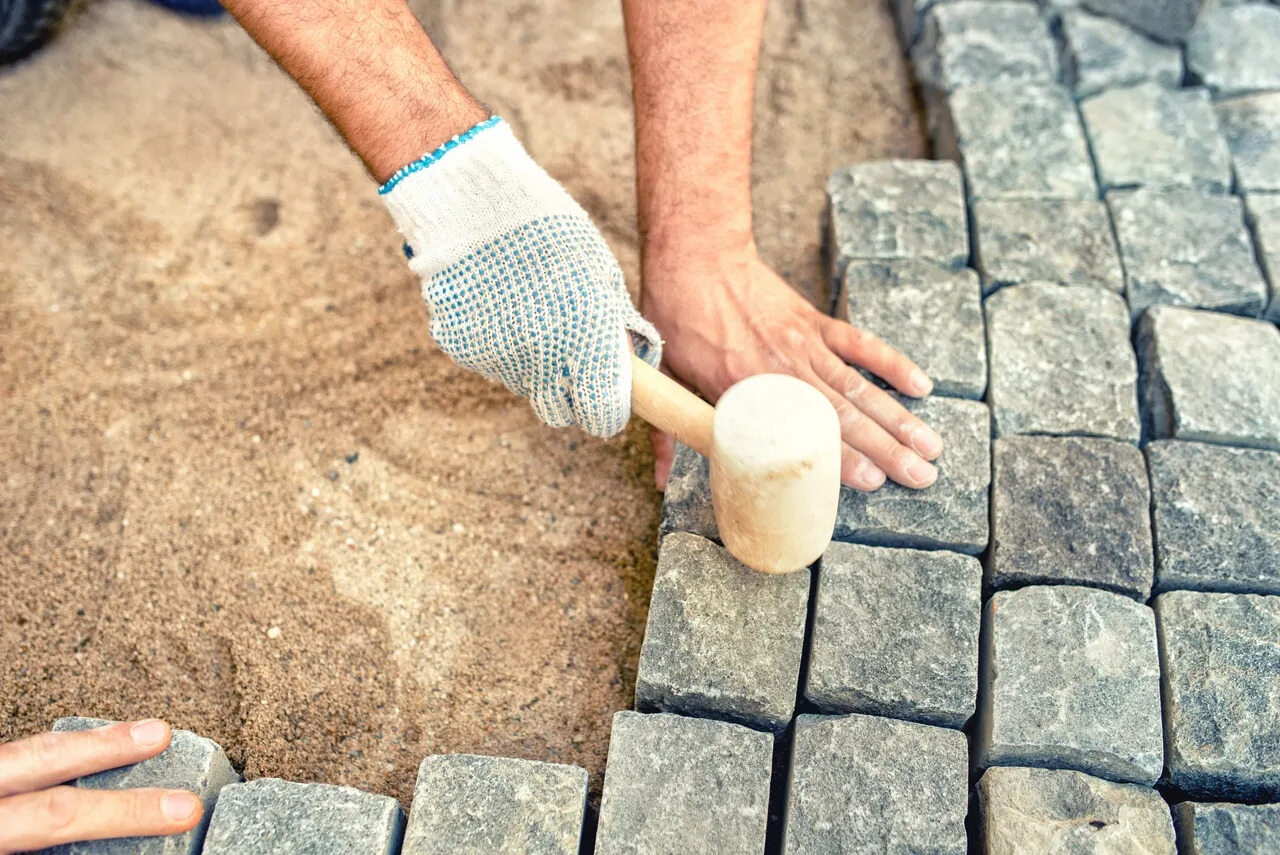
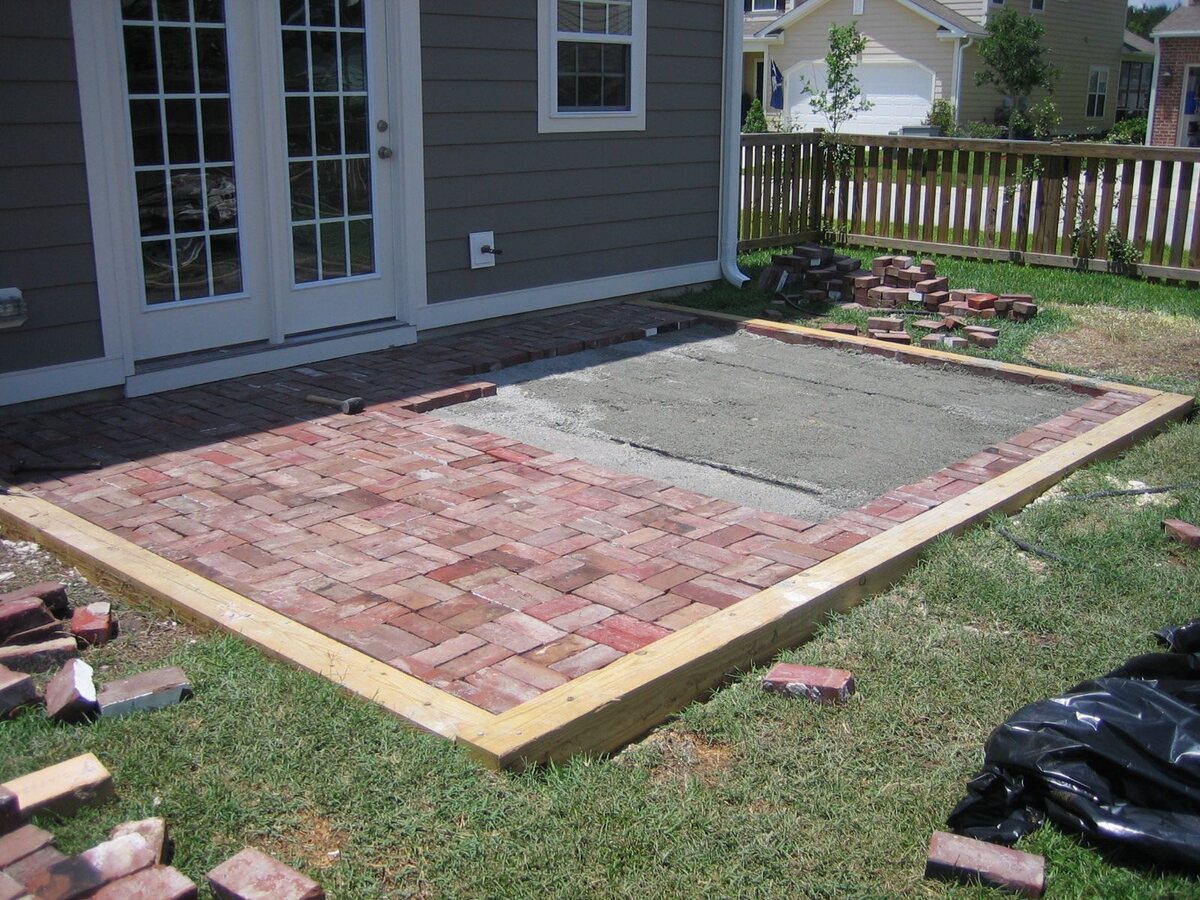
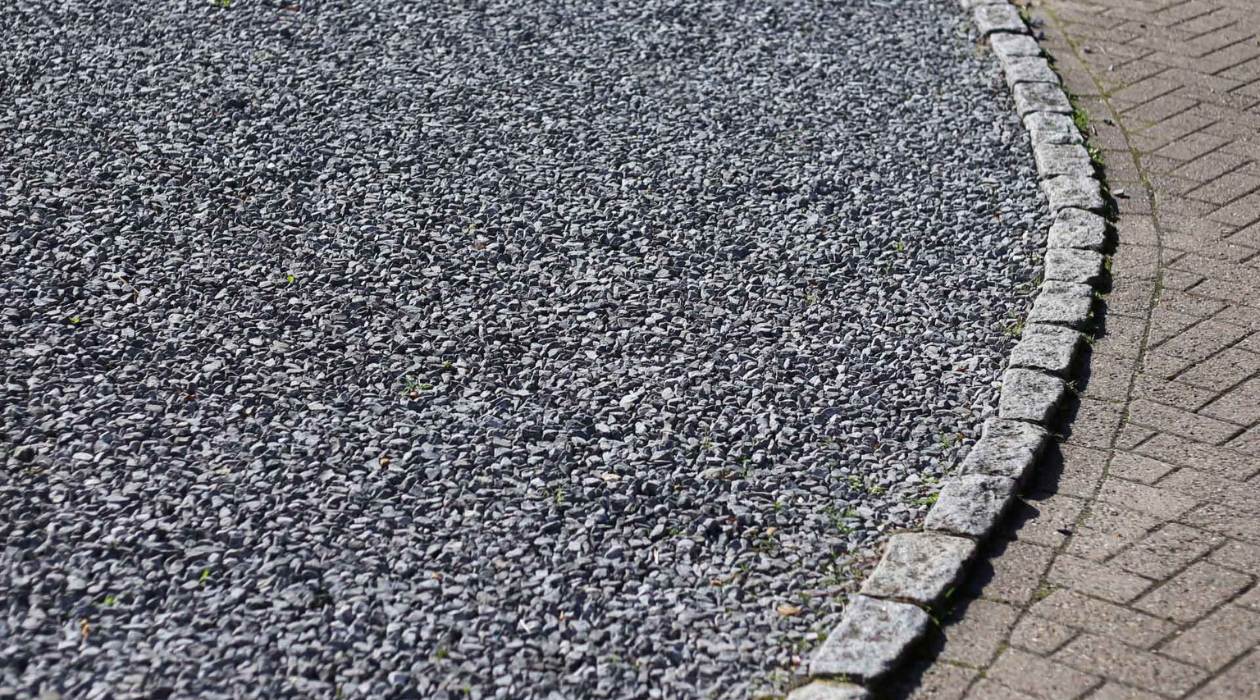


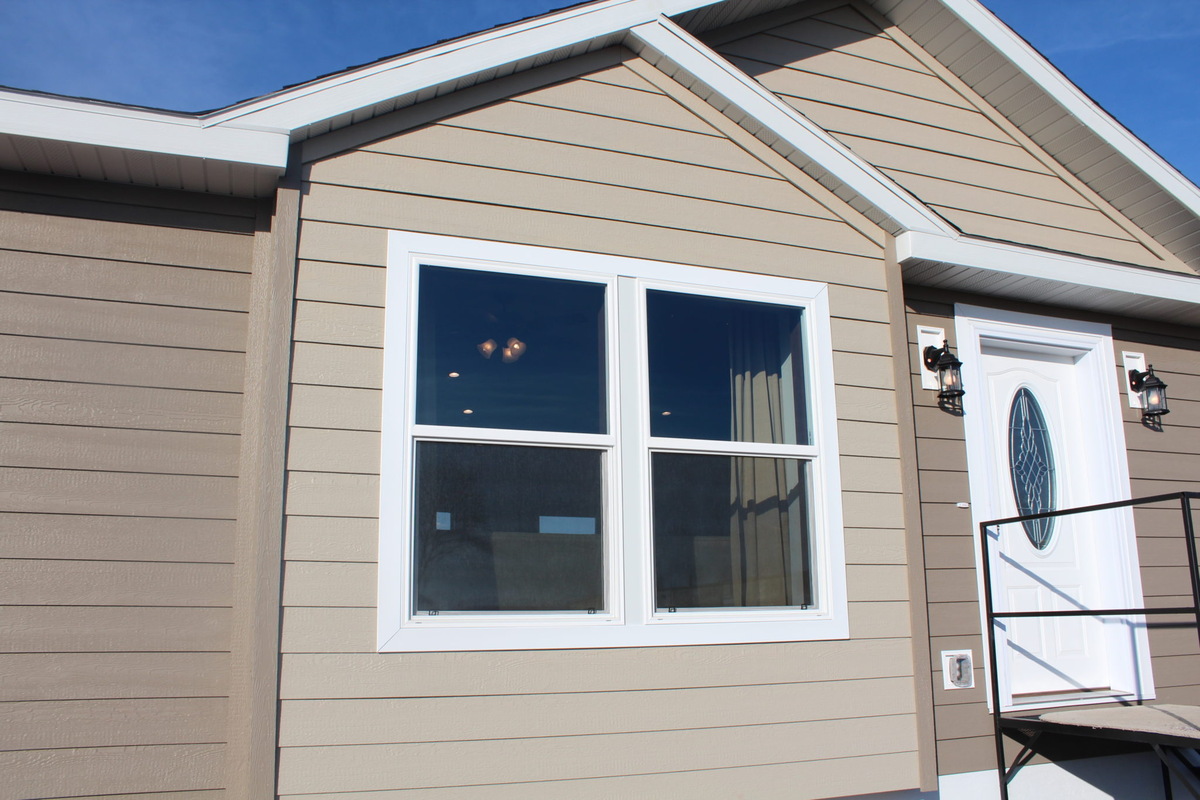
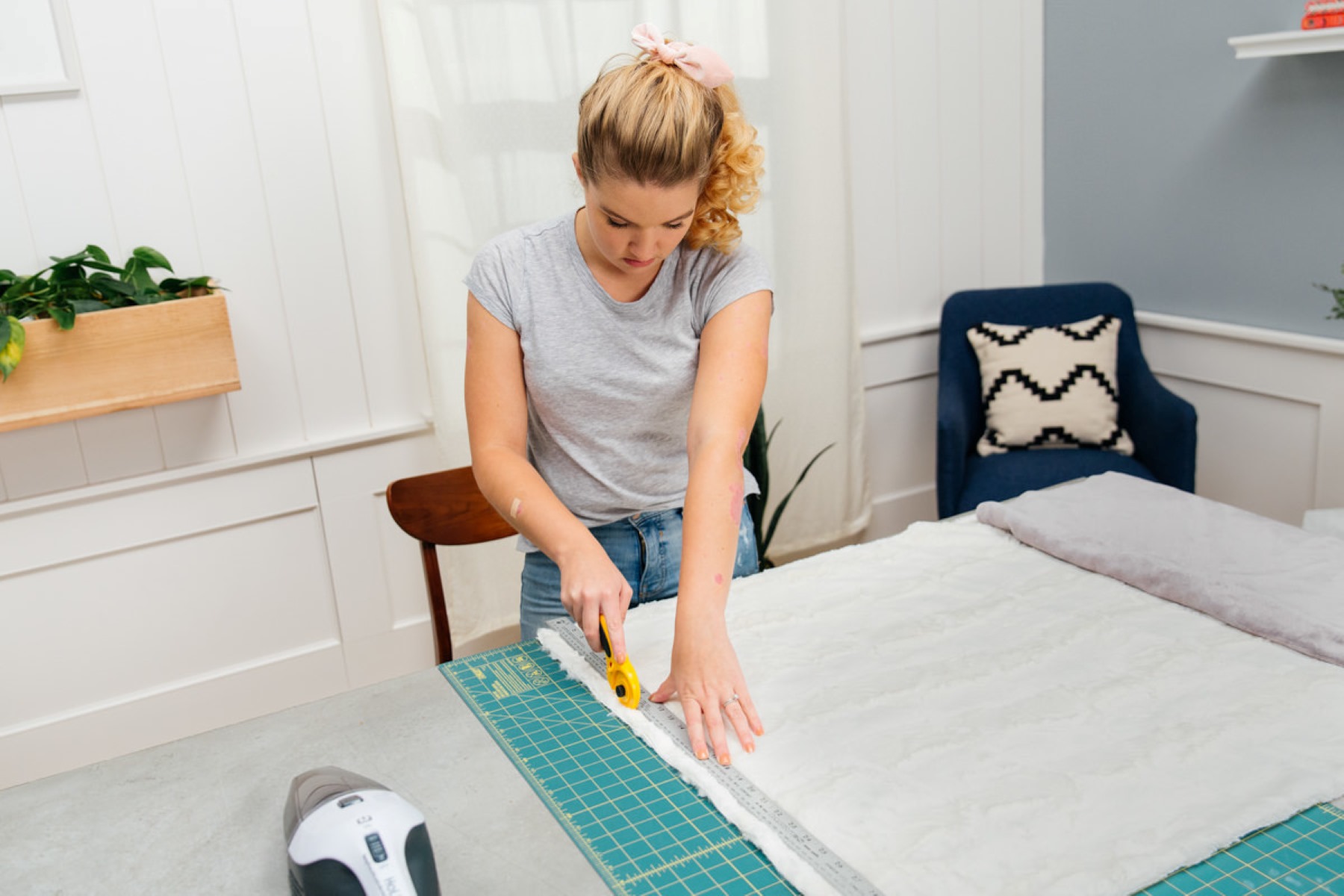
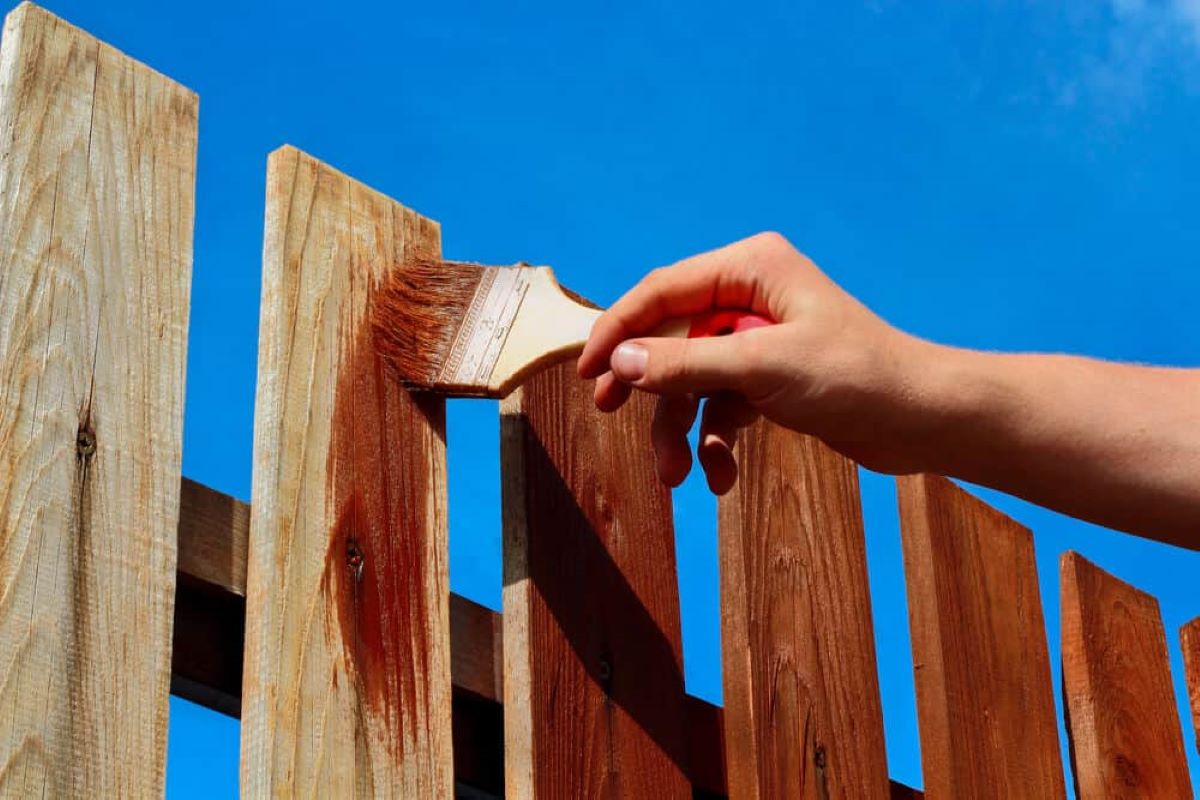
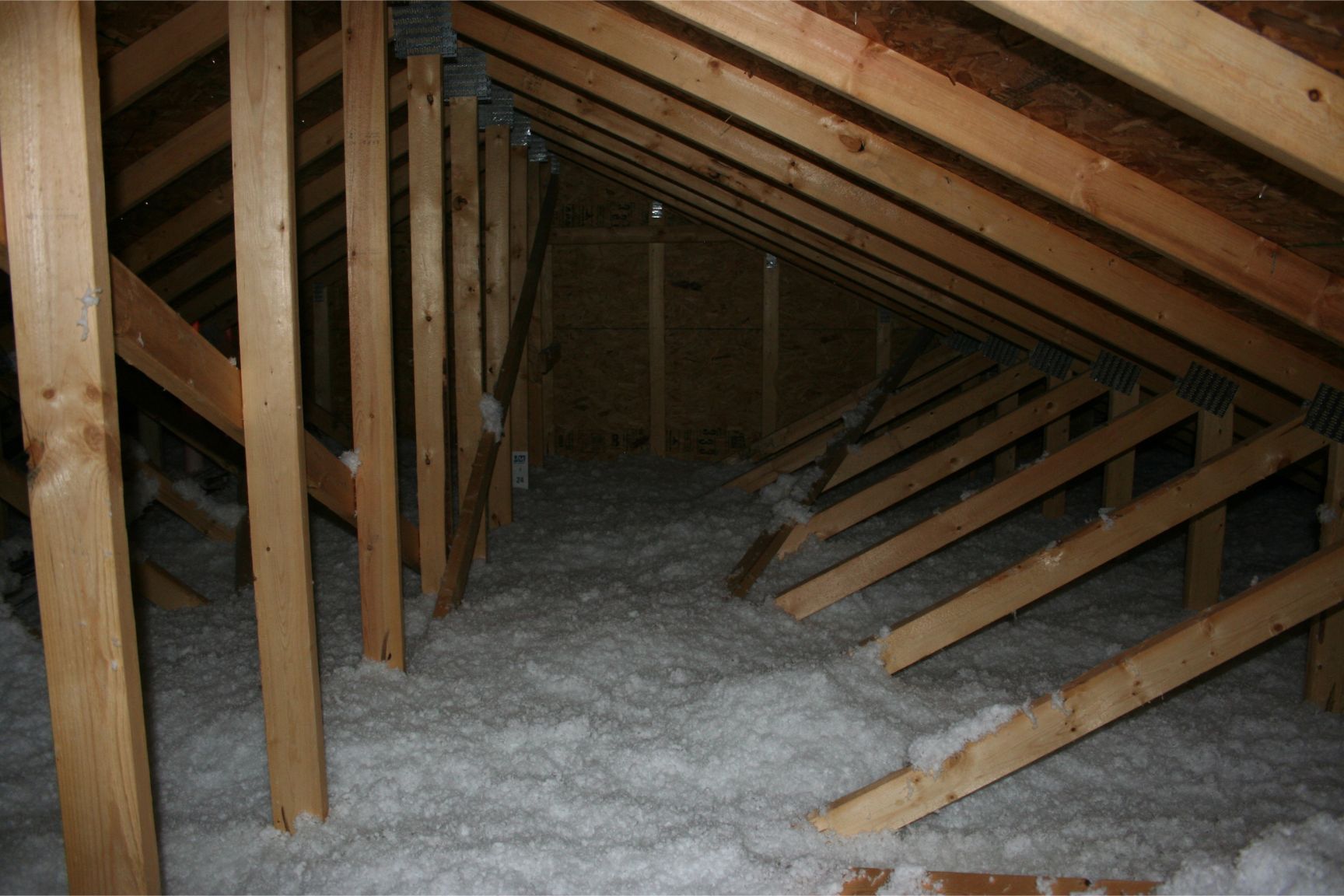
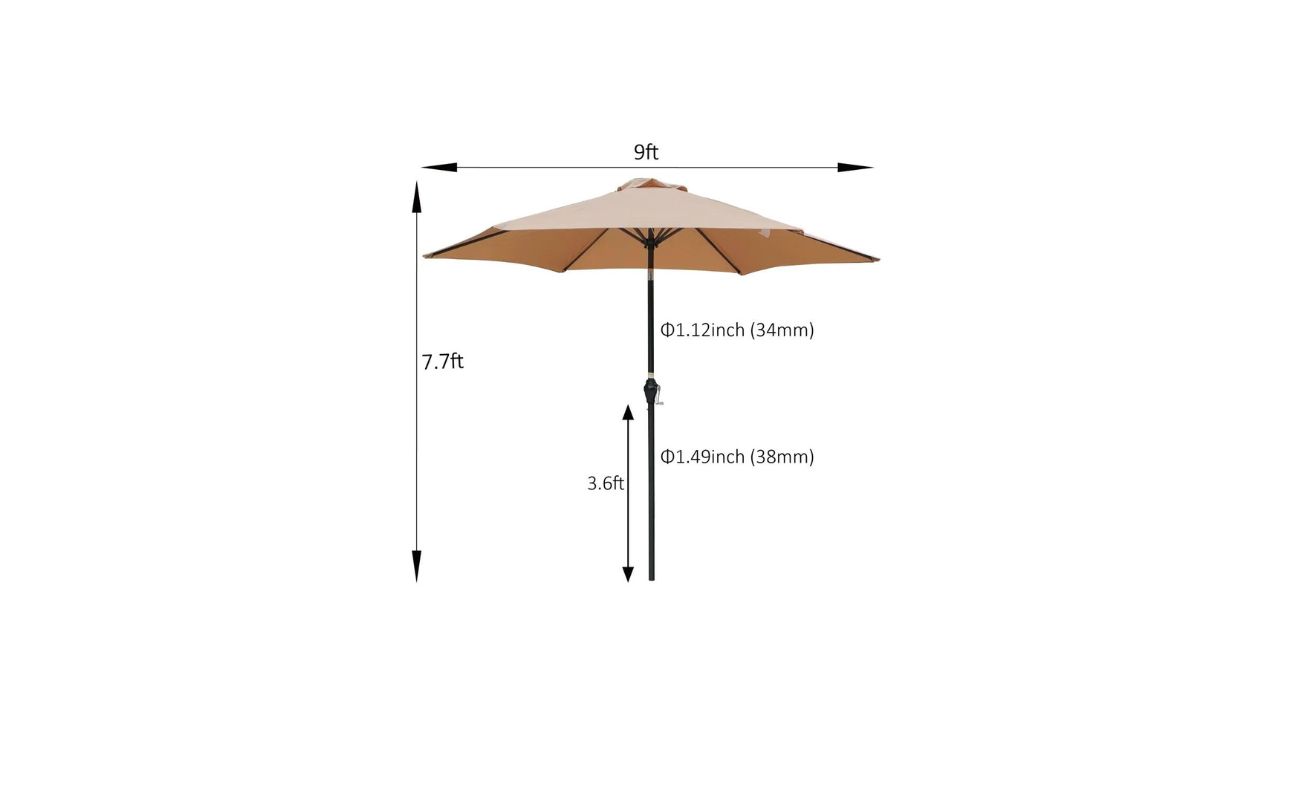
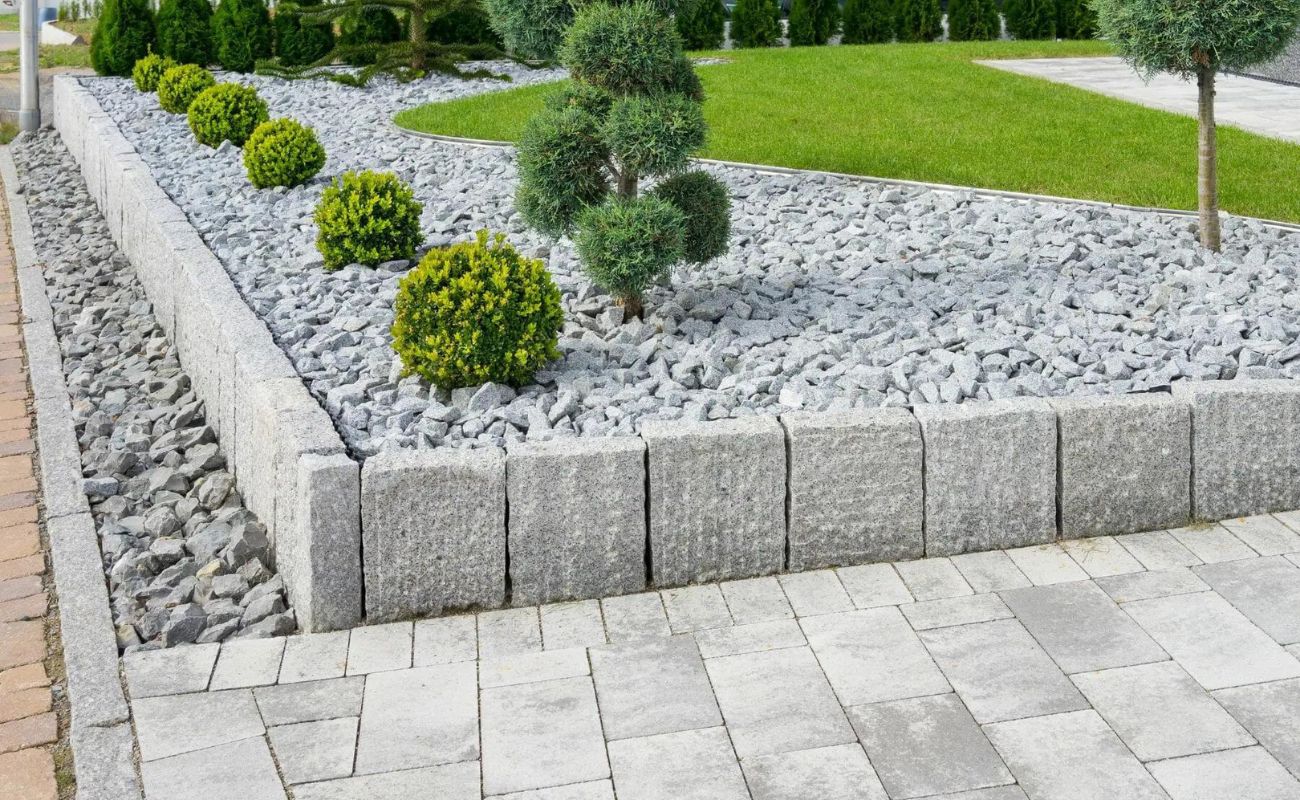

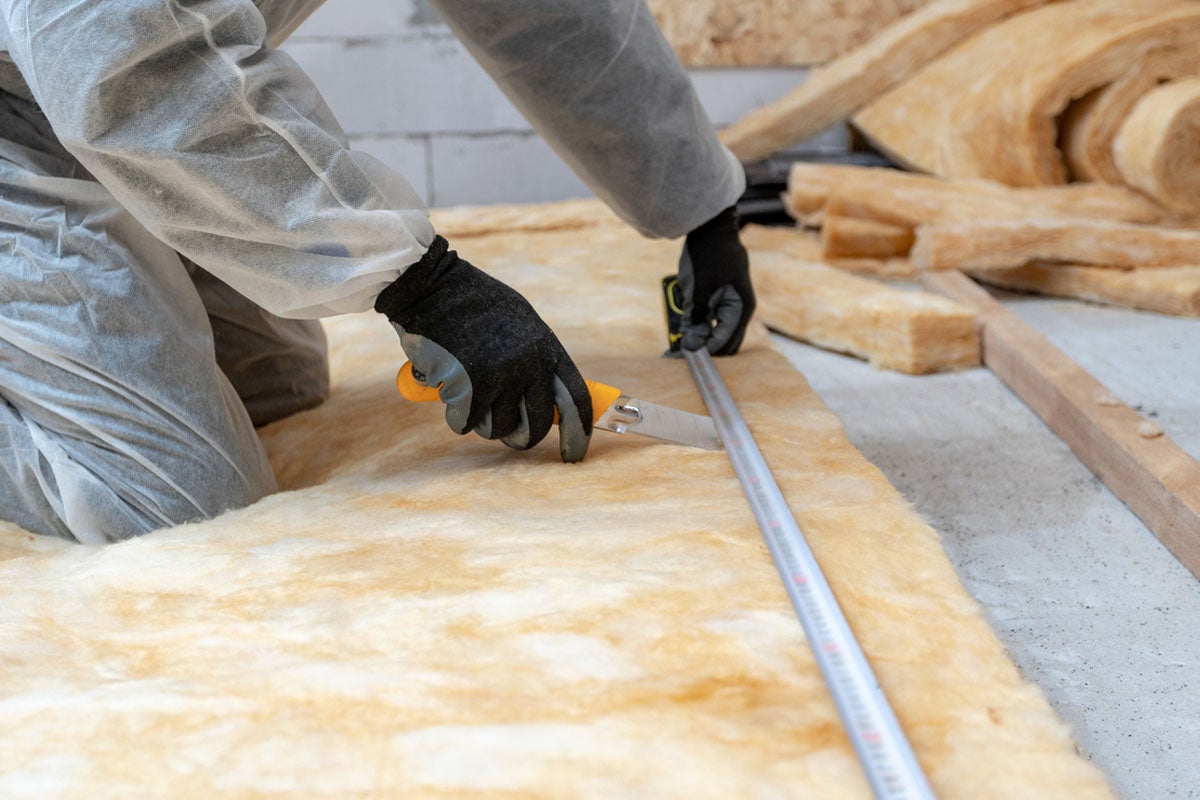
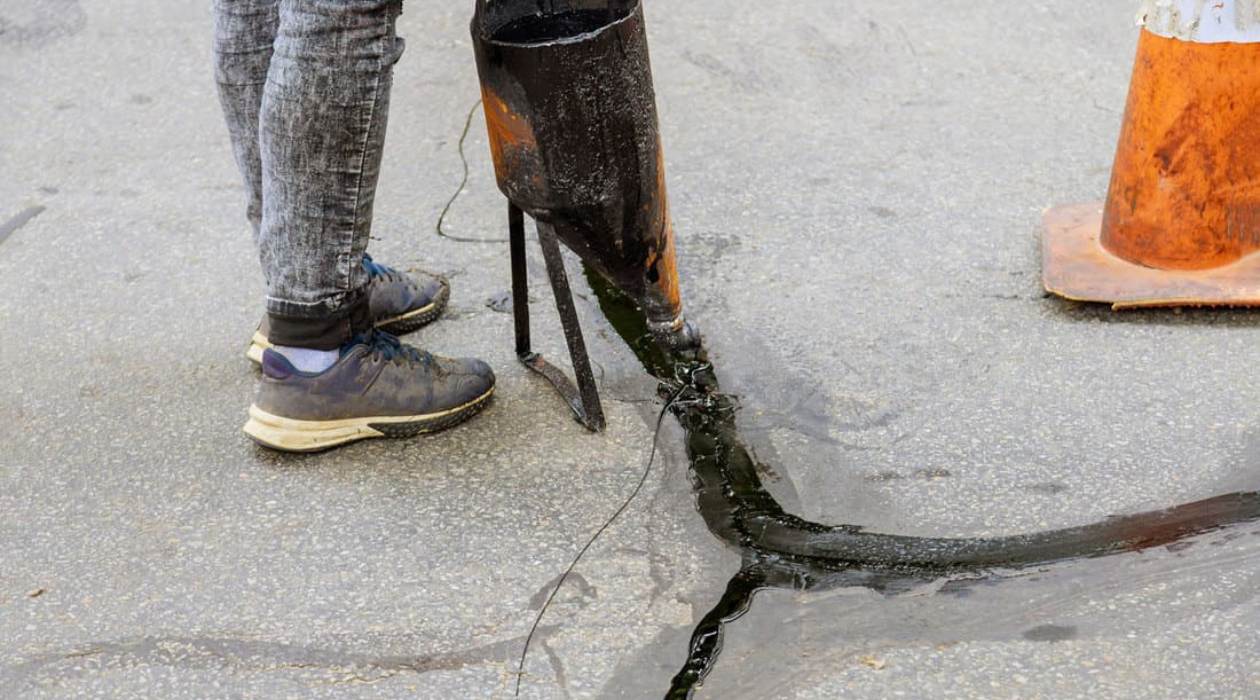

0 thoughts on “How Much Sand Do I Need For A Patio”